As an IT Security Administrator, you must know that keeping your systems secure and up to date is not just crucial. It could break your entire IT, and that’s where patch management comes in. Moreover, In the ever-evolving domain of Cybersecurity, the need for patch management software is only becoming more evident.
Fact: When you get a wound on your skin, you search for a band-aid and apply it, right? The same goes for vulnerabilities present in your IT infrastructure.
Not having a patching solution for known vulnerabilities is like leaving your wounds open to possible infections. As vulnerabilities are discovered daily, staying on top of the updates is essential to safeguard your digital assets.
How do you choose the right patch management tool?
Choosing the right patch management tool is no small task. It requires careful consideration of your organization’s specific needs, resources, assets, and priorities. Here is a guide to help you make an informed decision.
You can make an informed decision on which Patch management tool to choose:
- Assess Your Requirements: Identify the scale of your IT environment. Consider the number of devices, operating systems, and third-party applications you need to manage patches for. Your organization may be using different operating systems and third-party applications, so having a patch management tool that supports all-in-one patches will be a game changer.
- Determine Your Compliance Needs: Different industries have varying compliance requirements. If your organization operates in a regulated sector, ensure that the patch management tool you choose meets those compliance standards.
- Automation: Manually patching vulnerabilities one by one can be very time-consuming. Look for features such as automated patch management and scheduling by evaluating the tool’s level of automation. A tool with automation features can increase the speed of the patching process.
- Speed of Applying Patches: Rapid response to vulnerabilities is essential in the face of evolving cyber threats. Consider the tool’s ability to provide timely patches. Solutions offering real-time updates and quickly applying critical patches to mitigate vulnerabilities are important.
- Integration with Vulnerability Assessment: Just detecting vulnerabilities occasionally is not enough. New vulnerabilities keep emerging every day, and we must continuously scan for new emerging vulnerabilities.
- Reporting: Comprehensive reporting is crucial for tracking your patch management efforts. The tool should provide detailed reports on vulnerability assessments, patch deployment status, and compliance. Clear and actionable reporting ensures that you have visibility into your security posture.
Top Patch Management Software 2023
1. SecPod SanerNow:
SecPod SanerNow is a patch and vulnerability management software that integrates vulnerability detection and remediation. It offers a comprehensive suite of features, including vulnerability management, compliance tracking, and patch deployment. The platform’s real-time Unified dashboard gives administrators crucial insights to minimize manual intervention. Also, It supports all major operating systems and third-party applications and is user-friendly.
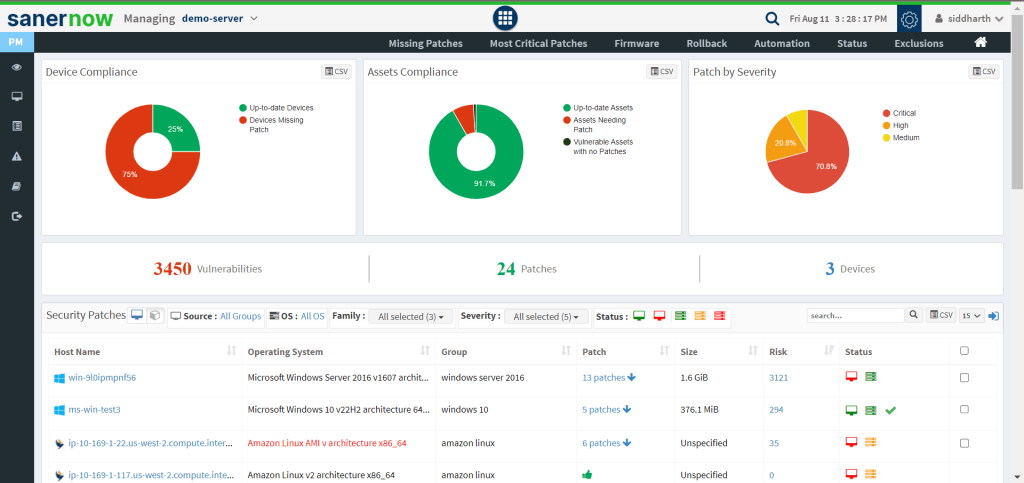
2. ManageEngine Patch Manager Plus:
Patch Manager Plus by ManageEngine is another patch management solution that supports Windows, Linux, macOS, and third-party applications and has features like automated patch deployment, patch scanning, and patch rollback capabilities. However, It misses out on integrated vulnerability scanning, without which the vulnerability management process becomes difficult.
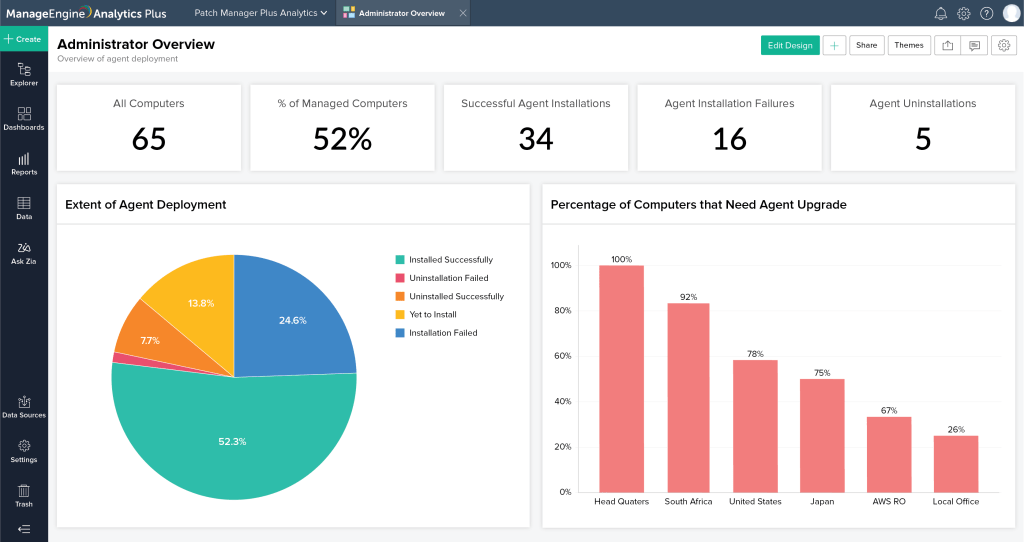
3. Acronis Cyber Protect Cloud:
Acronis Patch Management is another comprehensive patching tool that supports Windows, Linux, and macOS and enables organizations to automate the deployment of software updates and patches across their network. While it provides vulnerability assessments and reporting capabilities, it is complex to use since it is part of a larger software ecosystem. With only support for a few third-party applications, it is also a relatively expensive solution.
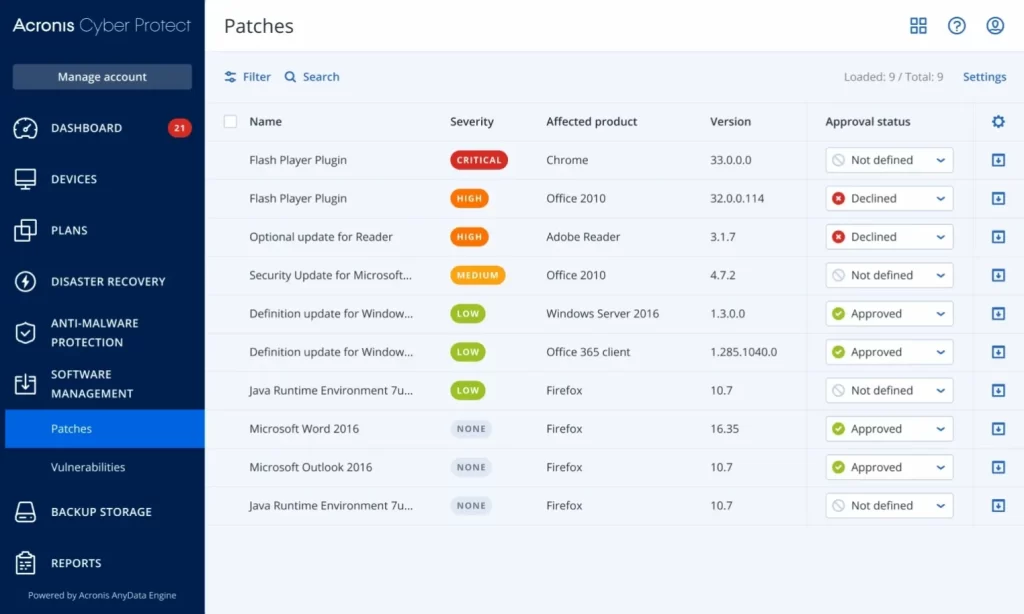
4. PDQ Deploy:
PDQ Deploy stands out for its simplicity and efficiency, making it an ideal choice for small to medium-sized businesses. However, it may not have the features of other solutions; its straightforward approach to software deployment and patch management makes it effective for businesses with limited IT resources but might not provide the comprehensive capabilities some organizations require.
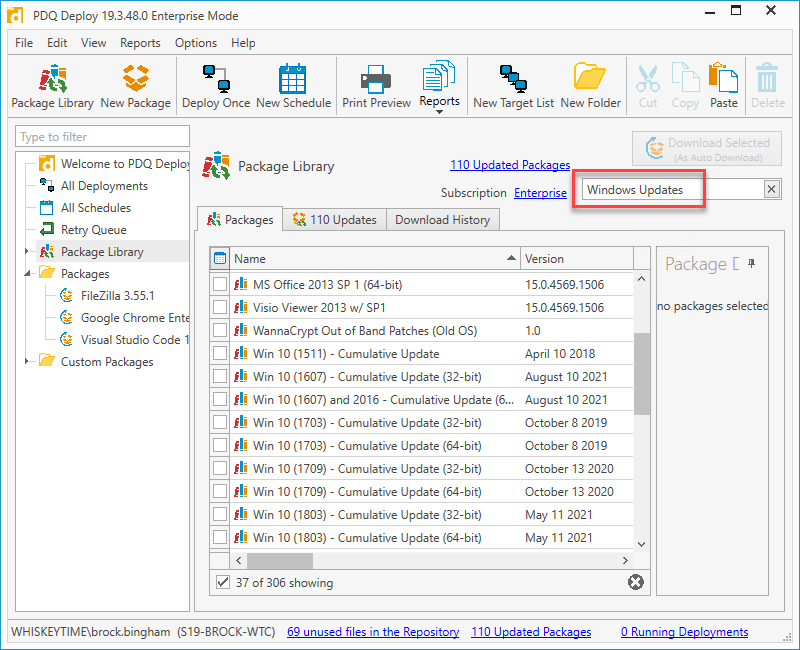
5. Automox:
Automox is a cloud-native solution offering scalability and customization. It supports various operating systems, third-party applications, and software, making it versatile for large environments. Automox’s automation allows organizations to patch vulnerabilities based by scheduling them based on their needs. However, due to data privacy and industry standards, it might not be the best fit for organizations that prefer on-premises solutions.
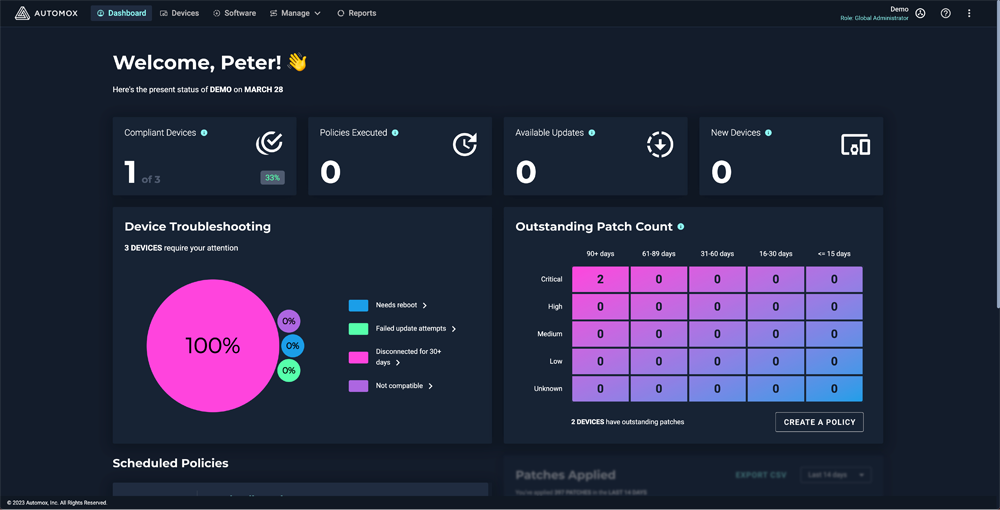
Conclusion
As technology keeps growing, so do the risks. Picking the right patch management software matters. We looked at great options like SecPod SanerNow, ManageEngine Patch Manager Plus, Acronis Cyber Product Cloud, PDQ Deploy, and Automox. Each has its own strengths and things to consider. Also, Think about what your system needs, how fast you need fixes, and how easy it is to use. The right patch management tool can help you keep your digital things safe and your business running smoothly.


